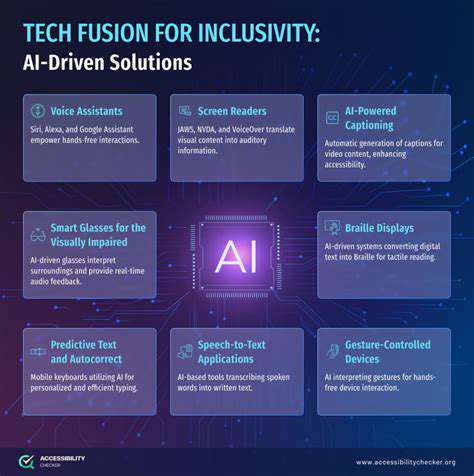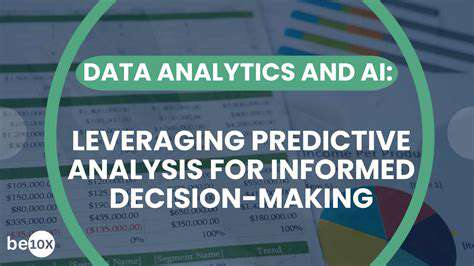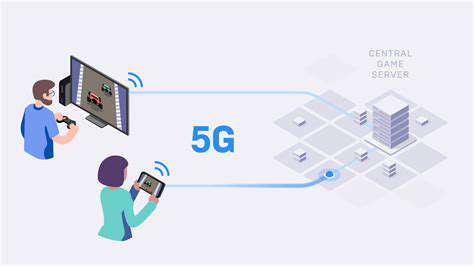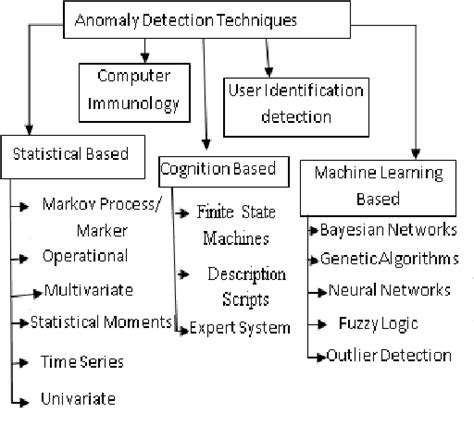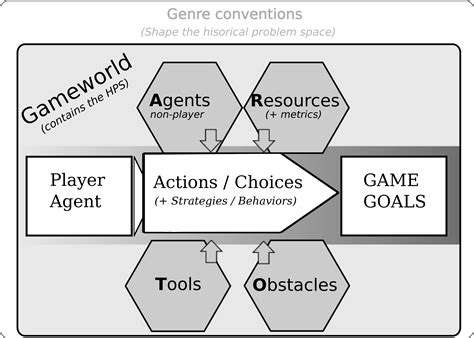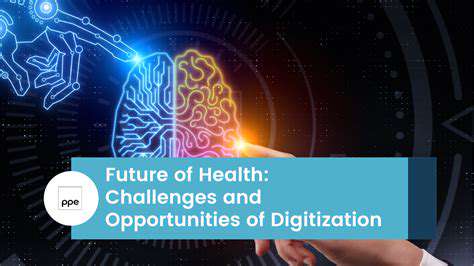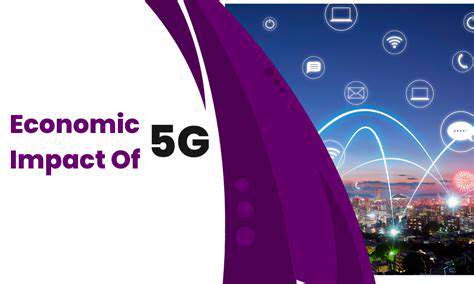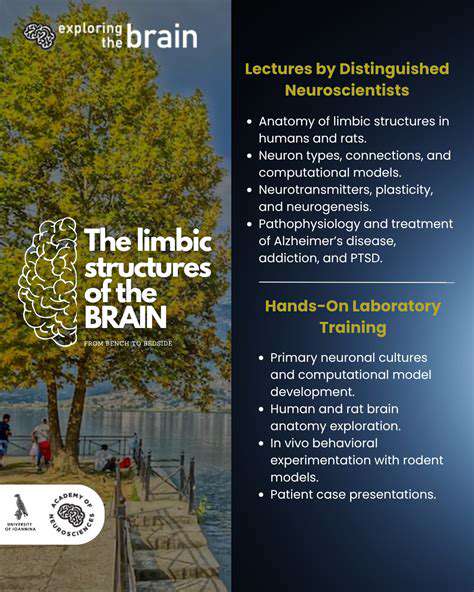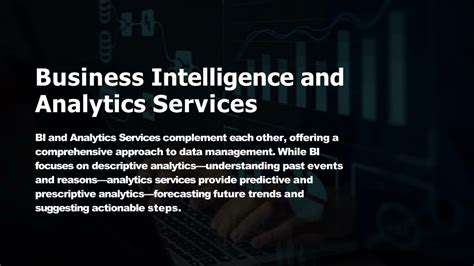Why is Decentralized Data Processing Important?
Decentralized data processing, a cornerstone of edge computing, is crucial for IoT (Internet of Things) applications because it dramatically reduces the reliance on centralized data centers. This distributed approach significantly improves data processing speed and efficiency by bringing the processing power closer to the data source. Instead of transmitting massive amounts of raw data across vast networks to a central server for analysis, edge devices can perform initial processing, filtering, and aggregation locally. This localized approach is essential for real-time applications, where latency is critical, and for situations where network bandwidth is limited or unreliable.
Imagine a smart city with numerous sensors monitoring traffic flow. If all sensor data had to travel to a central server for analysis before traffic lights could adjust, delays would be significant, potentially leading to congestion and accidents. Edge computing allows for immediate, localized adjustments in traffic light timing based on the current conditions. This real-time responsiveness, achieved through decentralized processing, is paramount for optimized performance in many IoT applications.
The Benefits of Edge Computing for IoT Devices
Edge computing offers a plethora of advantages for IoT devices. One key benefit is reduced latency. By processing data closer to the source, edge devices minimize the time it takes for data to be processed and acted upon. This is crucial for real-time applications, such as industrial automation, autonomous vehicles, and medical monitoring, where quick responses are essential for safety and effectiveness.
Another significant advantage is enhanced security. With data processed locally, the risk of data breaches and unauthorized access during transmission across vast networks is considerably lowered. Edge devices can employ robust security measures tailored to the specific needs of the application, protecting sensitive information while still enabling communication with the cloud for higher-level processing and data aggregation.
Furthermore, edge computing can greatly enhance the reliability of IoT systems. If a network connection is lost or suffers from high latency, edge devices can still function autonomously, maintaining critical operations. This resilience is vital in applications where continuous operation is essential, such as in industrial settings or remote monitoring systems.
Finally, edge computing can dramatically reduce the cost of data transmission and storage. By processing data locally, the amount of data that needs to be transmitted to the cloud is significantly reduced. This translates to lower bandwidth costs and reduced storage needs for centralized servers.
Challenges and Considerations in Implementing Edge Computing
While edge computing offers numerous benefits, there are also challenges to consider. One significant hurdle is the need for robust and reliable hardware infrastructure at the edge. Devices need to be equipped with sufficient processing power, memory, and storage capacity to handle the tasks required. Ensuring consistent power supplies, especially in remote locations, is another crucial consideration.
Furthermore, the development of edge-specific applications and the management of the distributed network can be complex. Maintaining security across a multitude of edge devices and establishing secure communication channels to the cloud requires careful planning and robust security protocols. The sheer scale and diversity of IoT devices can also pose a significant challenge for managing and updating the software on these distributed nodes.
Finally, interoperability between different edge devices and cloud platforms is essential for seamless data exchange and analysis. Standardization of protocols and data formats is necessary to ensure that data from various sources can be integrated and utilized effectively.
Practical Applications of Edge Computing in IoT
Real-time Data Processing and Analysis
Edge computing significantly enhances the speed and efficiency of data processing within the Internet of Things (IoT) ecosystem. By bringing the processing power closer to the data source, latency is dramatically reduced compared to traditional cloud-based systems. This allows for real-time analysis of sensor data, enabling immediate responses and actions. For example, in a smart factory, edge devices can immediately detect anomalies in machinery performance, triggering preventative maintenance actions before significant damage occurs, leading to substantial cost savings and improved operational efficiency. This real-time analysis is crucial for applications requiring immediate feedback and decision-making.
The ability to perform complex calculations locally, rather than relying on remote cloud servers, is especially beneficial for applications with stringent latency requirements. This localized processing enhances the responsiveness of applications such as smart agriculture, enabling quicker adjustments to irrigation and fertilization schedules based on real-time soil conditions, leading to increased crop yields and reduced resource consumption.
Improved Security and Privacy
Edge computing plays a critical role in enhancing security and privacy in IoT deployments. By processing data closer to its source, the transmission of sensitive information over potentially vulnerable networks is minimized. This localized processing reduces the attack surface and allows for more granular control over data access and encryption. This enhanced security is particularly important in industries like healthcare and finance, where protecting sensitive patient or financial data is paramount. Secure data storage and processing at the edge enhances trust and compliance with data protection regulations.
Edge devices can employ local encryption and authentication mechanisms, thereby reducing the risk of data breaches during transmission to remote servers. This localized control over data security is a significant advantage, enabling greater protection against unauthorized access and manipulation. This is crucial for applications requiring high levels of confidentiality and integrity.
Enhanced Scalability and Reliability
Edge computing offers improved scalability and reliability in IoT deployments, allowing for the handling of massive amounts of data generated by numerous devices without the limitations of a central cloud infrastructure. This distributed architecture ensures that even if a portion of the network experiences disruptions, other nodes continue to operate, maintaining the overall system's functionality and resilience. This distributed computing model is especially advantageous for large-scale deployments and environments where continuous operation is critical.
Reduced Network Congestion and Bandwidth Costs
By processing data closer to the source, edge computing reduces the strain on network bandwidth and infrastructure. This localized processing significantly minimizes the volume of data transmitted to cloud servers, reducing network congestion and associated costs. This reduced bandwidth consumption is particularly beneficial for remote or geographically dispersed deployments, where network bandwidth is limited or expensive. The decreased reliance on cloud resources leads to substantial cost savings and improved network performance.
The reduction in network traffic also enhances the responsiveness of IoT applications, which is crucial for applications like smart cities or industrial automation. By reducing the volume of data transmitted, edge computing contributes to the creation of more efficient and reliable IoT systems.
Enabling New IoT Applications and Services
The capabilities of edge computing unlock a wide range of new IoT applications and services that were previously impractical or impossible with traditional cloud-centric approaches. The real-time data processing and analysis capabilities enable the development of sophisticated applications that demand rapid responses and decision-making. This includes applications like predictive maintenance, real-time monitoring, and automated control systems in various industries, from manufacturing to agriculture and healthcare.
The ability to process data locally empowers the development of intelligent applications that adapt to dynamic environments and provide personalized experiences. For example, personalized recommendations in smart homes, real-time traffic updates for navigation systems, and customized healthcare interventions are all possibilities enabled by the power of edge computing in the IoT.
The Future of Edge Computing in IoT: Challenges and Opportunities
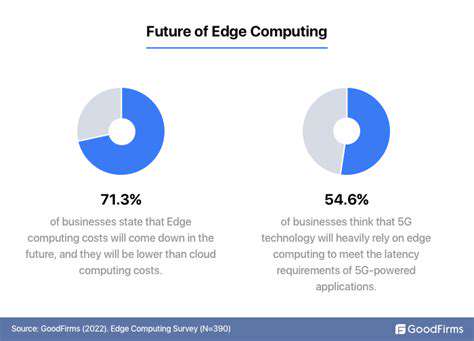
The Rise of Decentralized Data Processing
Edge computing is poised to revolutionize how we process and utilize data in the Internet of Things (IoT). Moving data processing closer to the source, at the edge of the network, reduces latency and bandwidth demands, significantly improving the responsiveness and efficiency of IoT devices and applications. This decentralized approach also empowers local data analysis and decision-making, enhancing the overall intelligence and autonomy of the IoT ecosystem.
The ability to process data closer to the source is a game-changer for many applications. Imagine a smart city where traffic flow is optimized in real-time, or a manufacturing plant where production bottlenecks are identified and addressed instantly. These scenarios become a reality with edge computing's ability to handle data locally, without relying on centralized servers located miles away.
Enhanced Security and Privacy
One of the critical advantages of edge computing is the enhanced security it provides. By processing data closer to the source, we minimize the risk of data breaches and unauthorized access during transmission across the network. This localized processing significantly reduces the attack surface and strengthens the overall security posture. Data encryption and access control can be implemented more effectively at the edge, ensuring greater confidentiality and integrity.
Furthermore, the protection of sensitive data is a primary concern in IoT applications. Edge computing allows for stricter data governance and control, enabling organizations to comply with stringent privacy regulations and maintain the confidentiality of their sensitive information.
Improved Real-Time Responsiveness
The inherent latency of transmitting data across a large network can significantly impact the responsiveness of IoT applications. Edge computing addresses this issue head-on by processing data closer to the source, which reduces the delay in information exchange and enables real-time decision-making. This immediate feedback loop is crucial for applications demanding rapid response times, such as autonomous vehicles or industrial control systems.
Real-time processing is essential for ensuring the effectiveness and safety of many IoT applications. This speed is crucial for applications where immediate action is required to prevent accidents, optimize processes, or maintain a critical system function.
Scalability and Flexibility
Edge computing offers a high degree of scalability and flexibility, allowing for the rapid deployment and adaptation of IoT solutions. This adaptability is crucial in dynamic environments where requirements and demands change frequently. The distributed nature of edge computing enables the addition of new devices and functionalities without compromising the performance of existing systems.
The scalability of edge computing is essential for the growth and evolution of IoT infrastructures. As the number of connected devices increases, edge computing provides a robust and adaptable platform for handling the growing volume of data and processing needs.
Cost-Effectiveness
Deploying edge computing can lead to significant cost savings compared to traditional cloud-based solutions. Reducing the reliance on high-bandwidth network connections and centralized data centers can significantly lower communication costs. Lower latency also leads to reduced energy consumption, which is critical in many IoT deployments.
The potential for cost reduction in network infrastructure and maintenance is a substantial advantage of edge computing. These savings can be particularly significant for organizations operating in remote areas or with limited network access.
Challenges and Future Directions
Despite the numerous advantages, edge computing faces challenges such as the need for robust security protocols, the complexity of managing a large number of distributed devices, and the need for interoperability between different edge platforms. Addressing these challenges will be crucial for the widespread adoption of edge computing in IoT applications.
Future research and development in edge computing will focus on improving security, developing standardized protocols, and optimizing energy efficiency. This will pave the way for more sophisticated and impactful IoT applications.
